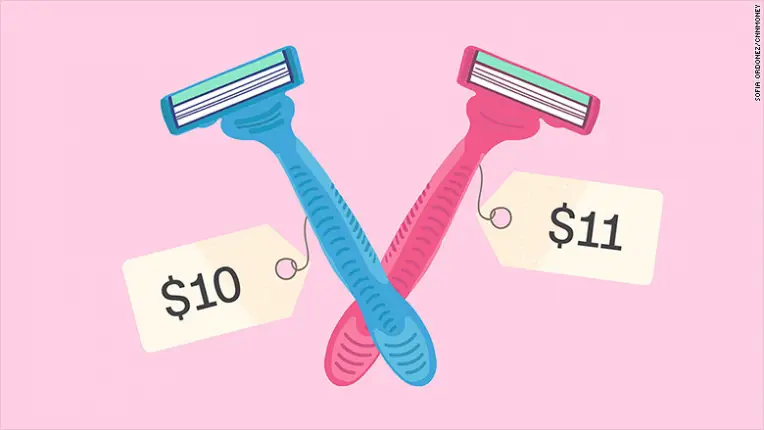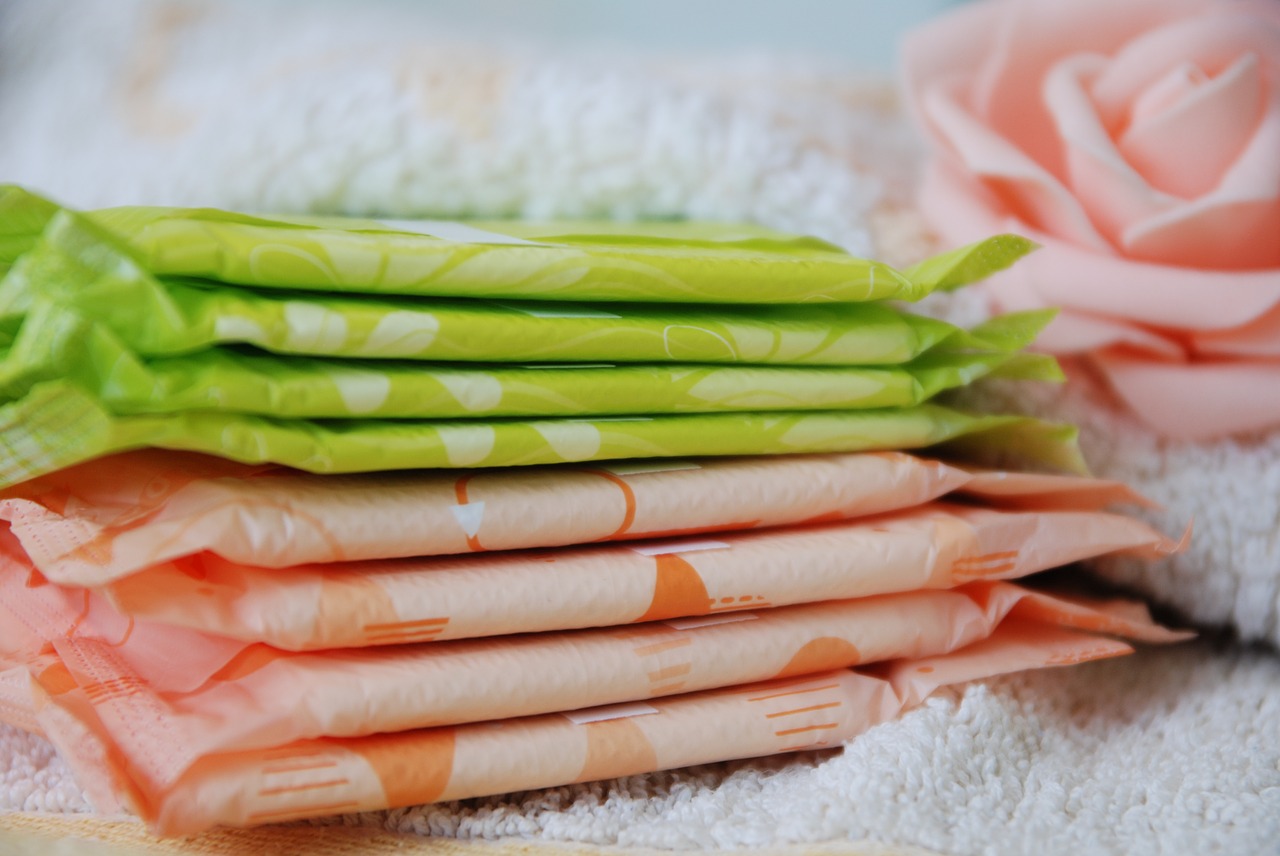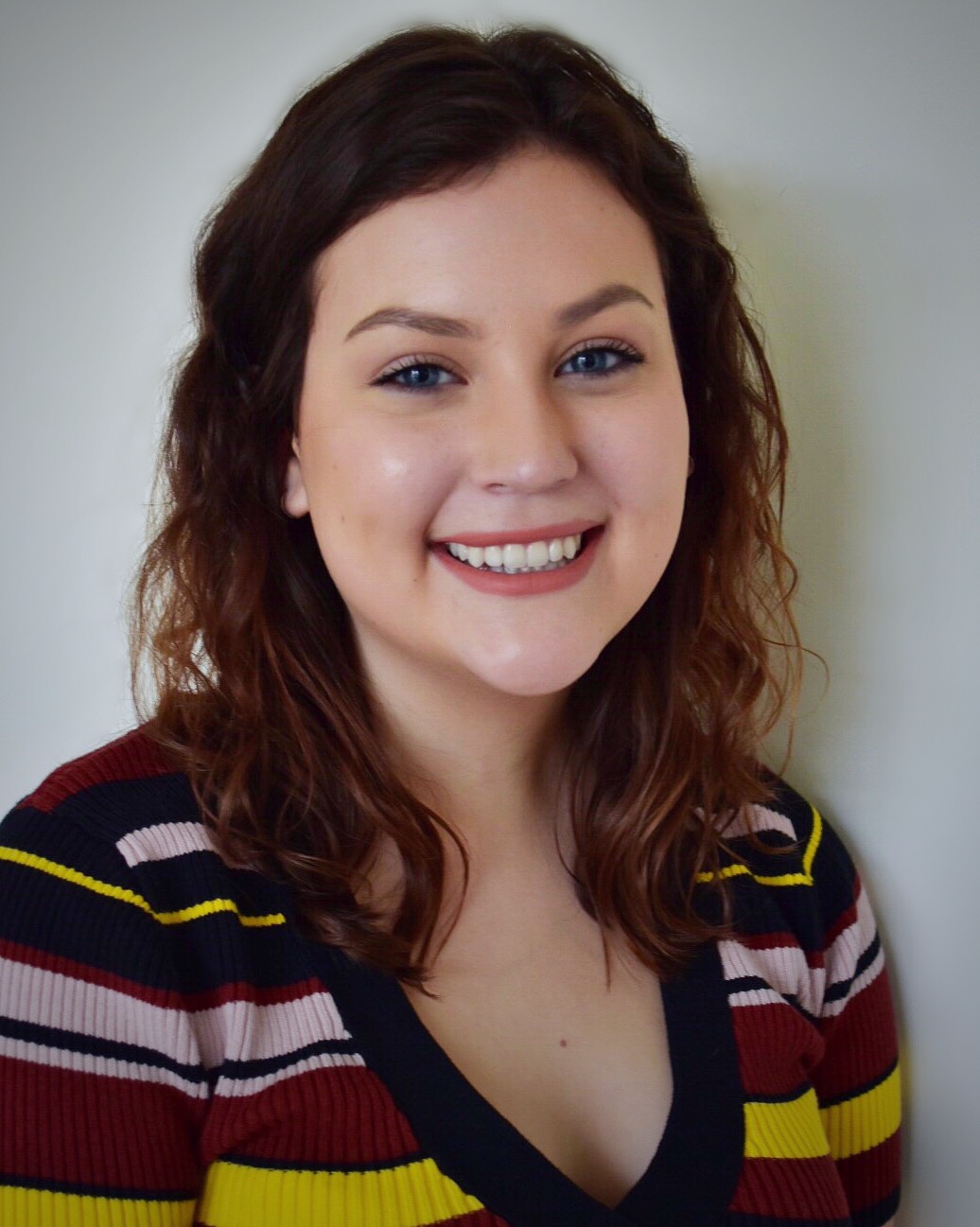As soon as a girl has her first period, if not earlier, she is taught to keep her menstruation as private as possible. While it need not be shouted from the rooftops (much like most bodily functions), periods often come with physical pain, emotional distress and judgment that should not be concealed. Unfortunately, most men and women feel uncomfortable talking publicly about them because they have been treated like a secret for so long.
As a result, promoting modernized hygienic care, public accommodations and a better general understanding of something that happens to at least 800 million women (and people identifying as male or nonbinary) meets frequent resistance. On the bright side, many people have been working hard on ways to better accommodate periods and change the lens through which menstruation is perceived.
Modernizing Design
Industrial designer Lauren Lee recently designed the Warm Wall for her thesis project at Pratt University to help alleviate women’s menstrual cramps in public bathrooms. The wall consists of heated, protruding tiles designed to comfortably apply warm pressure to your abdomen or back.
Lee aimed not only to provide a public amenity, but also to offer women a sense of community by encouraging them to find comfort in a hugely shared experience. The design won Fast Company’s 2018 World Changing Ideas Award but has yet to be implemented in restrooms.
The brand Thinx also helps provide visibility to women’s experiences with products like their period sex blanket. Back in 2014, Thinx began selling completely leak-proof underwear to be worn on their own or as a backup to traditional pads and tampons. The underwear are absorbent, washable, reusable and hygienic.
Using the same technology, Thinx launched a period sex blanket last month to protect your bedsheets from bloodstains and challenge the taboo that surrounds period sex. The blankets sold out fast despite being priced at $369. The brand also sells t-shirts, eco-friendly tampons and loves #periodpride.
Along with period underwear, other alternative products worth mentioning are Nixie Girl’s reusable menstrual cups, Callaly’s Tampliner and Dame’s reusable tampon applicators. The symptoms of individual periods vary greatly, so it only makes sense for women have a wide range of amenities. Periods have been around for a long time and won’t go away, so it’s about damn time people thought about the material and environmental impact of women’s products.
Outlawing Tampon Tax
You might have heard of the Pink Tax, which refers to the extra money women spend on products or services compared to men. These products include things like razors, deodorants and clothing.
In 1996, California became the first state to ban gendered pricing after finding that, on average, women spend $1,351 per year on items marketed to them.

To make matters worse, women in most states pay sales tax on tampons while products like lip balm, medicines and Viagra are exempt for being — get this — personal health items. Half of the human population has a monthly period for most of their lives and you’re trying to tell me pads and tampons should be taxed as a luxury item? Not to mention 1 in 10 women struggle to afford menstrual products anyway, resulting in absences from school and work.
Thankfully, New York governor Andrew Cuomo passed legislation two years ago eliminating sales tax on feminine hygiene products in his state. Shortly after, other states followed his lead. Excluding states with no sales tax at all, nine states have exempted period products from sales tax, five states have pending legislation and 32 states continue to include them in their regular sales tax.
Building Better Dialogue
Ending the shame surrounding periods starts with making them easier to talk about. Lauren Lee and Thinx have worked to dismantle the stigma with their innovative designs, but change also needs to be made in schools, homes and culture in general. Remember Trump’s comment about Megyn Kelly having blood come out of her “wherever”?
Plan International UK suggests emojis could help to destigmatize periods. Unicode emojis consist of over 1,000 different pictorial symbols, but none of them represent menstruation. Plan International’s campaign argues more visual representation of the experience could help young people be more aware and accepting of periods.
I hardly remember what I learned in my middle school health classes, but I do remember the unit on puberty was short, awkward and difficult to understand. By the time I took high school health classes, multiple students had difficulty naming and locating parts of their own genitalia on a chart. In Plan International’s study of 2,000 women, almost half feel ashamed to speak to their female teachers about their periods and 75 percent would not discuss it with their male teachers.
Reddit user carlinha1289 posted about the subject last year after one of her fourth grade students wouldn’t come out of the bathroom because she had started her period. The child had no idea what was happening to her and could only assume something was very wrong. The estimated average age for a girl to have her first period is 12, but that is clearly not the case for everyone.
Girls need to know what a period is and how to handle the situation before it happens to prevent shame, confusion and fear. For periods to be normalized, kids of all genders need to be part of the conversation from a young age and parents must be willing to start those conversations.
Periods might get messy, uncomfortable and personal, but you and I would not be here without them. To some extent, periods ought to maintain a level of privacy, but when 50 percent of the planet’s population experiences them, those people deserve care — not shame.

















